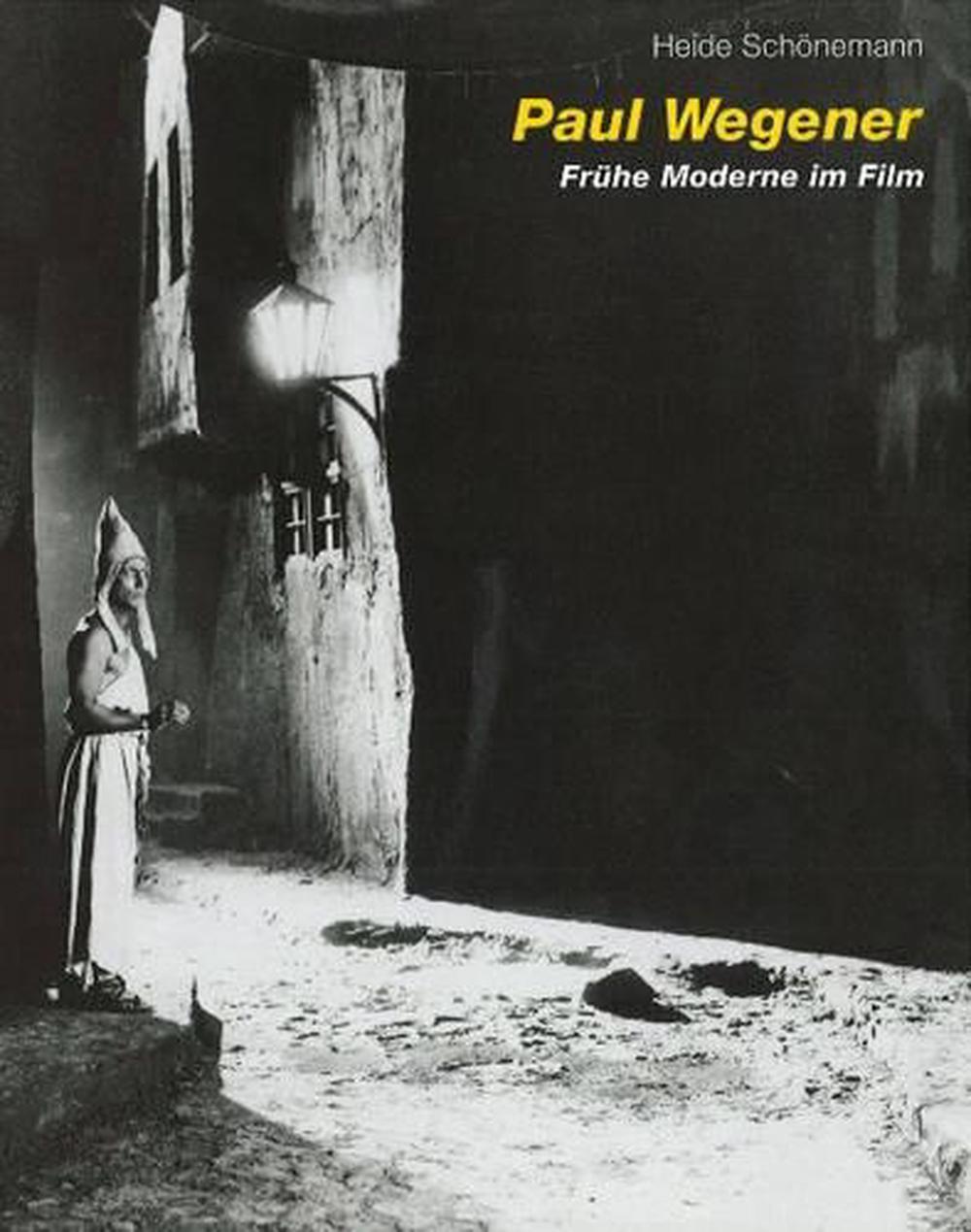
Paul Wegener
by Heide Schenemann
Wegener was one of the most striking actors in the German theatre from 1906 until his death in 1948. At a very early stage he mastered the new pictorial language of the cinema, as a leading performer, director and author of many imaginative films.
Hardcover
English
Brand New
Publisher Description
Text in German. The title of Paul Wegener's film Hans Trutz im Schlaraffenland, dating from 1917, alludes to Pieter Bruegel's well-known picture Cockaigne (Das Schlaraffenland). For Wegener art history, which he counted as one of his 'favourite occupations' throughout his life, was an inexhaustible treasury of images. Although he did not always allude so openly to the relationship between film and other arts as he does here, it is always a tangible presence. Wegener was one of the most striking actors in the German theatre, from the time he joined Max Reinhardt's Deutsches Theater (1906) until his death in 1948. And at a very early stage he mastered the new pictorial language of the cinema, as a leading performer, director and author of many fairy-tale-like, imaginative films. He started in 1913 with his Student of Prague, which immediately brought him world fame. The high point was the 1920 film The Golem (with sets by Hans Poelzig), which played in New York, for example, for eleven months. Films like these placed Wegener at the beginning of a brilliant epoch in German film art.Wegener's pictorial world is seen both in the context of the art of his period and in a retrospective view of the history of the motif. Pictorial comparisons and analyses from the point of view of interdisciplinary iconography are revealing about Wegener's position in artistic development. Unknown aspects emerge, which show Wegener's personality and work in a new light. Comparative observation shows that this work is the film variant on the great Neo-Romantic renewal movement, which affected all fields of life and art at the beginning of our century. It has increasingly attracted academic attention in recent years, adding an interesting early phase to the excessively one-sided image of Modernism.
Author Biography
Heide Schonemann, a Potsdam film academic, studied German, but has concerned herself with the border areas of literary criticism, art history and film since her student days. She attracted attention with a work on Fritz Lang, among other things (Fritz Lang - Filmbilder und Vorbilder), which led to a Goethe-Institut exhibition that is still touring the world.
Long Description
Text in German. The title of Paul Wegener's film Hans Trutz im Schlaraffenland, dating from 1917, alludes to Pieter Bruegel's well-known picture Cockaigne (Das Schlaraffenland). For Wegener art history, which he counted as one of his 'favourite occupations' throughout his life, was an inexhaustible treasury of images. Although he did not always allude so openly to the relationship between film and other arts as he does here, it is always a tangible presence. Wegener was one of the most striking actors in the German theatre, from the time he joined Max Reinhardt's Deutsches Theater (1906) until his death in 1948. And at a very early stage he mastered the new pictorial language of the cinema, as a leading performer, director and author of many fairy-tale-like, imaginative films. He started in 1913 with his Student of Prague, which immediately brought him world fame. The high point was the 1920 film The Golem (with sets by Hans Poelzig), which played in New York, for example, for eleven months. Films like these placed Wegener at the beginning of a brilliant epoch in German film art.Wegener's pictorial world is seen both in the context of the art of his period and in a retrospective view of the history of the motif. Pictorial comparisons and analyses from the point of view of interdisciplinary iconography are revealing about Wegener's position in artistic development. Unknown aspects emerge, which show Wegener's personality and work in a new light. Comparative observation shows that this work is the film variant on the great Neo-Romantic renewal movement, which affected all fields of life and art at the beginning of our century. It has increasingly attracted academic attention in recent years, adding an interesting early phase to the excessively one-sided image of Modernism.
Details

